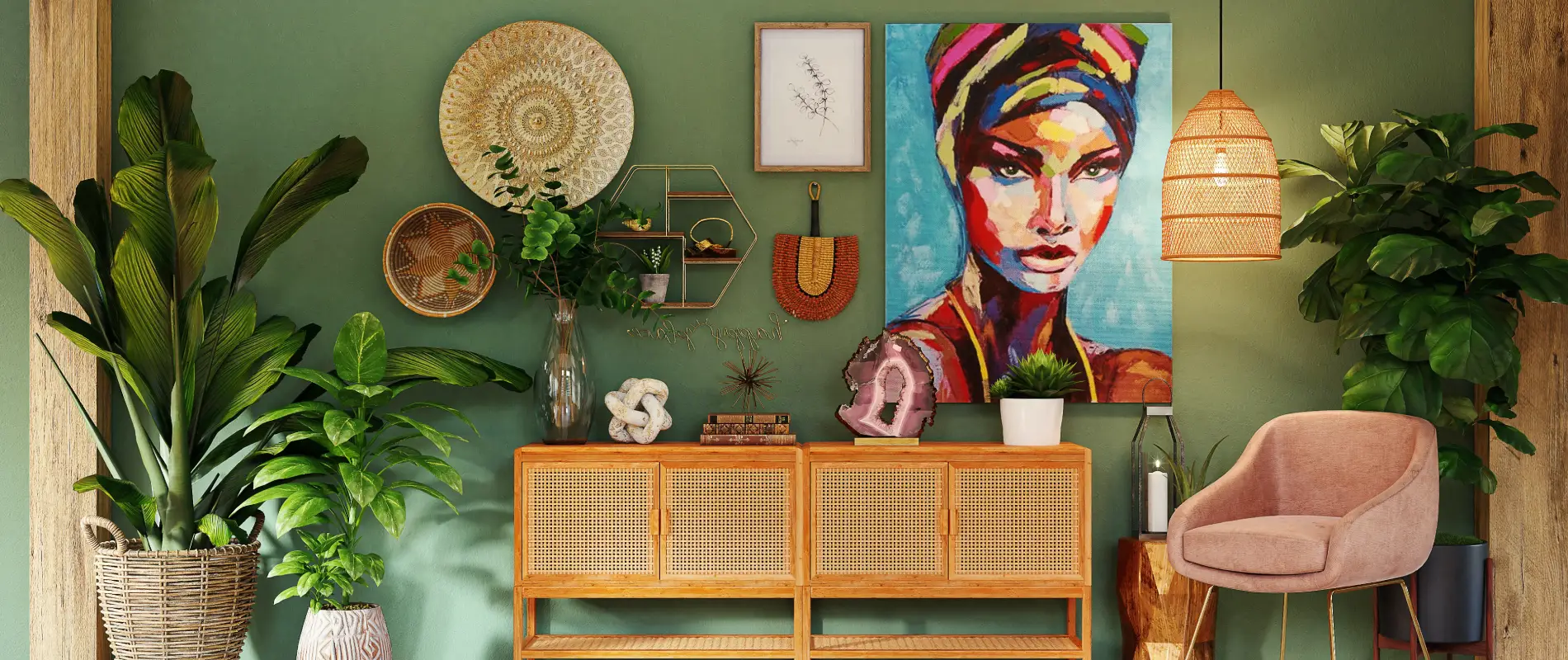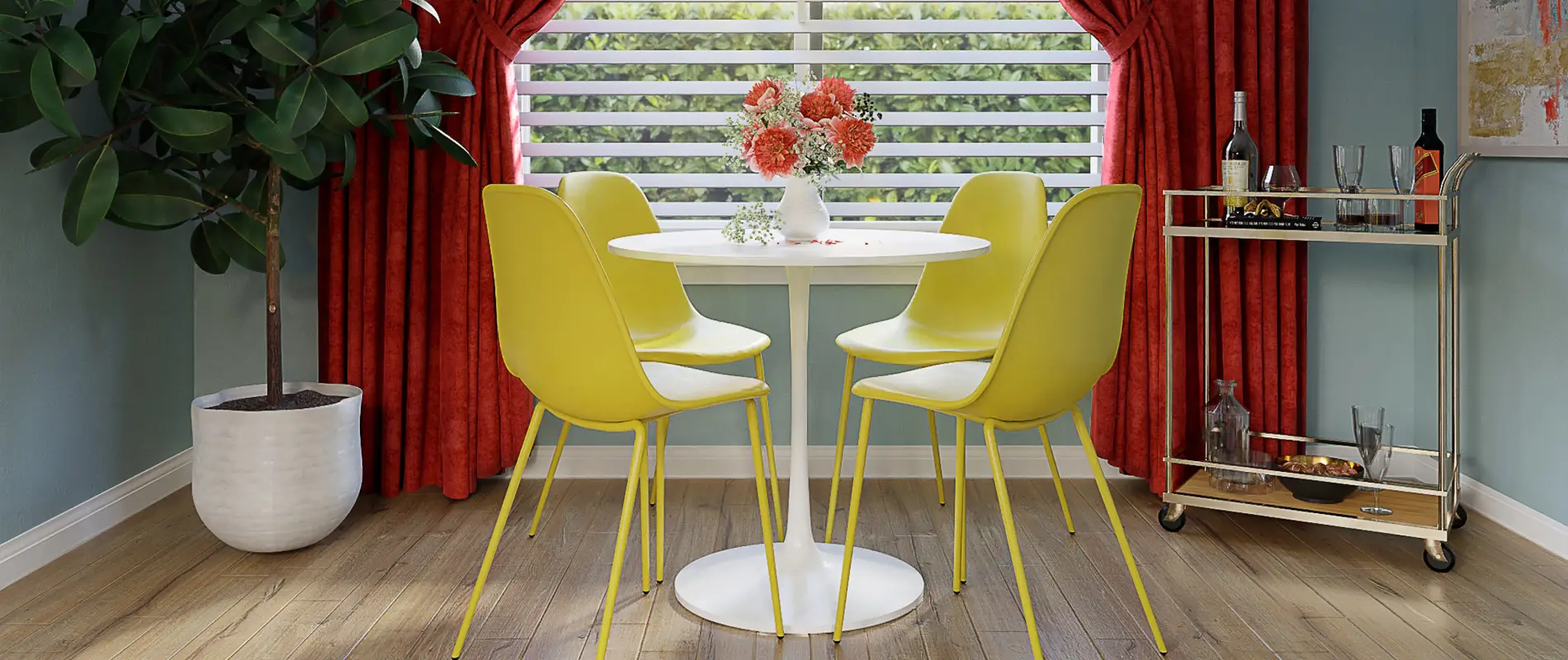Enhance your WordPress site with captivating image analysis
Unlock the potential of your WordPress website with our image analysis feature! If you’re seeking engaging layouts and striking presentations for your content, this tool is your perfect companion.
Original design overview
The design boasts a sleek and modern aesthetic with a multi-column layout that guides your visitors’ eyes effectively. Featuring a striking black background, it highlights white text for clarity and impact. The left column prominently showcases a bold heading and a succinct list of services, while the right column offers descriptive text that adds depth to your offerings.
Key highlights
1. Layout analysis
- Overall structure: Enjoy the benefits of a multi-column format that organises your content for maximum effect.
- Asymmetrical choices: The unique asymmetrical design enhances visual appeal and engages users, drawing attention where it matters most.
2. Elements and feature description
- Visible elements: Catchy headers, well-structured text blocks, and clever typography create a compelling user experience.
- Interactive elements: The “+” symbol hints at added interactivity, inviting exploration without overwhelming users at first glance.
3. Unique design aspects
- Standout design choices: The stark black-and-white contrast provides instant impact, making your content stand out and easy to read.
- Responsive design: Adaptable column structures ensure your layout remains appealing on all devices, offering a seamless experience for every visitor.
4. Overall design style
- Modern and minimalist: Prioritising communication through clean lines and ample white space, your content shines without distractions.
- Visual hierarchy & white space: A clear hierarchy guides users through your offerings, while strategic space usage keeps the layout tidy and user-friendly.
10 ways to organise content in WordPress
1. Custom menus
Custom menus are a straightforward way to structure your WordPress site. They help create a logical flow for users, guiding them to essential areas of your site intuitively. With the help of the WordPress navigation menus, you can easily add or manage submenus, making your users’ journey through your content effortless. Remember, an effective menu can be the backbone of your site’s user experience.
2. Categories and tags
Utilising categories and tags is crucial for content organisation in WordPress. They provide a framework that helps users find related content easily and efficiently. By categorising and tagging your posts, you not only enhance site navigation but also improve your site’s WordPress website design by creating a structured, searchable repository of information.
3. Widgets and sidebars
Widgets and sidebars can significantly enhance how you organise your content. They offer a way to display important links, recent posts, or popular content in a dedicated area. Utilising these tools can help keep your primary content uncluttered while allowing you to feature meaningful information elsewhere on the website. This strategic positioning can boost user engagement by ensuring easy access to valuable content.
4. Page builders
Page builders are an excellent option for those wanting greater control over their webpage layout and content. These tools allow you to create customised pages on your WordPress website builder. While popular options like Elementor are available, exploring Elementor Alternatives might offer unique features that better suit your needs.
5. Featured images
Leveraging featured images is a simple yet effective way to visually organise content in WordPress. They capture users’ attention and provide a quick reference point for what a post is about. When users scroll through your site, these images can make your content more attractive and accessible, potentially increasing click-through rates and engagement.
6. Custom post types
Custom post types give you the flexibility to manage different kinds of content beyond regular posts and pages. Whether it’s a portfolio, events listing, or customer testimonials, utilising custom post types ensures that your WordPress website is more dynamic and engaging. This organisation method allows for better categorisation and ensures that the content aligns with the site’s purpose.
7. Page templates
Page templates are a robust way to maintain layout consistency across your site. They help ensure that all pages follow a similar format, providing a uniform look and feel. Utilising WordPress templates for different types of content can simplify the user experience and enhance your site’s overall design.
8. Content scheduling
Scheduling content is an efficient way to keep your WordPress site current and relevant. This approach ensures a steady flow of information to your audience, improving engagement and visibility. By setting your content to release at optimal times, you maximise reach and help your site remain fresh and engaging.
9. Internal linking
Adding internal links within your content is crucial for guiding users to other relevant parts of your website. This strategy not only improves user experience by allowing seamless navigation but also enhances SEO by creating a more interconnected website. It’s an easy way to keep visitors on your site longer and boost your site’s authority.
10. User roles and permissions
Setting up user roles and permissions is an effective way to manage who can edit or add content on your WordPress site. This feature helps maintain content quality and ensures that only authorised users can make changes, providing control over your site’s content integrity. Balancing open collaboration with tight content management will streamline the content creation process.
10 different types of content in WordPress
1. Blog posts
Blog posts are the bread and butter of many WordPress sites. They allow you to share ideas, news, or updates with your audience regularly. Regular posts keep your site fresh and engaging, and readers returning for more. Combining blog posts with various other content types enhances your site’s dynamism and relevance in your niche.
2. Pages
Pages are used for static, timeless content such as your “About Us” or “Contact” pages. Unlike posts, they aren’t part of your continuous blog content flow but serve more permanent organizational purposes. By strategically using pages, you can establish key information areas of your site that are easily accessible to your audience.
3. Portfolios
Portfolios provide a personalised showcase of your work, perfect for photographers, designers, or artists. They offer a visual narrative that emphasizes your skills and creativity. Creating portfolios as a custom post type within WordPress allows for easy updates and consistent formatting, making sure your best work is always on display.
4. Testimonials
Testimonials are a powerful form of social proof. Using a dedicated section or page for customer feedback can significantly enhance trust in your offerings. They not only validate what you’re offering but also offer potential clients peace of mind knowing others have had positive experiences with your services.
5. Product pages
If you run an online shop, product pages are your conversion driving force. WordPress allows integration with platforms like WooCommerce to create custom product listings. These pages should be clear and concise, showcasing product features, pricing, and reviews to encourage purchases and boost sales.
6. Videos
Videos can significantly enhance the engagement factor of your site. They cater to different learning styles and break up text-heavy pages. Whether embedded from platforms like YouTube or hosted directly, videos can convey powerful messages and demonstrate products in ways text alone cannot.
7. Image galleries
Image galleries are a vital content type for websites that showcase art, photography, or design. By utilizing gallery plugins or WordPress’s built-in features, you can create stunning image displays. Galleries offer visual appeal, capturing your audience’s attention and encouraging them to explore your creative endeavors further.
8. Events
Event pages or calendars allow you to keep your audience informed about upcoming occurrences, be it webinars, conferences, or meetups. Integrated event management plugins can help organise dates, RSVPs, and reminders, making sure no one misses out on important events you’re hosting or attending.
9. Podcasts
Podcasts are a rapidly growing content form. WordPress supports integrating audio files as posts or having dedicated podcast pages. By sharing conversational content or interviews through podcasts, you broaden your reach to those who prefer listening over reading. A dedicated podcast section can enhance your site’s media diversity.
10. Infographics
Infographics are a compelling way to present data or statistics visually. They simplify complex information, making it digestible at a glance. Including infographics in your WordPress site not only makes content more engaging but also shareable, increasing its potential reach and drawing traffic back to your site through shares and references.
Conclusion
With its modern and minimalist style, our image analysis tool empowers you to create content that captivates and retains users. Utilise this striking design to enhance your WordPress website design and encourage user engagement. Experience the difference today and explore our range of free Wordpress themes as well as other Elementor Alternatives that may suit your needs.



